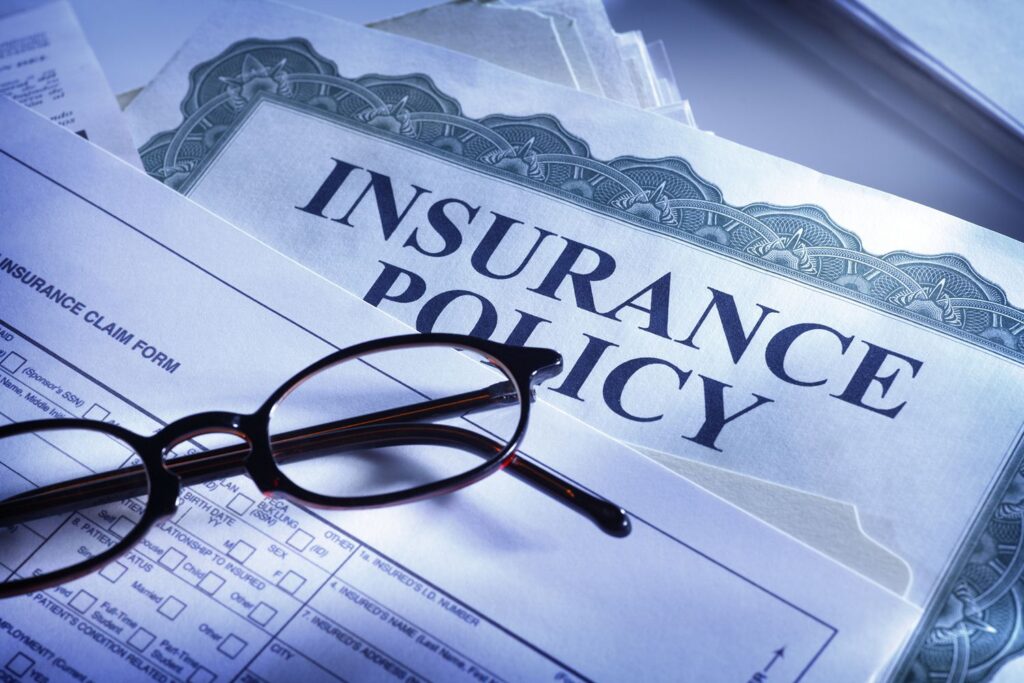In an unpredictable world, insurance acts as a crucial shield Coverage against life’s uncertainties. Whether it’s a medical emergency, a car accident, or damage to your home, insurance coverage offers financial support and peace of mind. Yet, many people don’t fully understand the range of insurance options available to them or how to choose the right coverage. This comprehensive guide aims to demystify insurance coverage, highlight essential policy types, and help you make informed decisions to safeguard your future.
Why Insurance Coverage Matters
Insurance is a contract in which an individual or entity receives financial protection or reimbursement against losses from an insurance company. The company pools clients’ risks to make payments more affordable for the insured.
The importance of insurance goes beyond just financial compensation. It provides:
Security: Knowing that you’re covered reduces stress and anxiety.
Risk Management: Insurance allows you to manage unforeseen events without facing financial ruin.
Legal Compliance: Certain insurances, like auto and workers’ compensation, are required by law.
Business Continuity: For entrepreneurs, having insurance ensures operations can continue in case of accidents or liability issues.
Types of Insurance Coverage
Let’s break down the main types of insurance available and explore how each contributes to a more secure future.
1. Health Insurance
Purpose: Covers medical expenses including doctor visits, hospital stays, surgeries, prescriptions, and preventive care.
Why You Need It:
Health issues are unpredictable and costly.
Preventive care and early treatment improve health outcomes.
In many countries, having health insurance is legally required or financially beneficial due to tax incentives.

Options:
Employer-Sponsored Plans: Offered by companies to employees; often include dental and vision.
Private Health Insurance: Purchased directly from insurance companies or brokers
Private Health Insurance: Purchased directly from insurance companies or brokers.
Government Programs: Medicare, Medicaid, or subsidized plans via healthcare marketplaces.
Tips:
Compare premiums, deductibles, co-pays, and coverage networks.
Check if your regular doctor is in-network.
Understand the limits for prescriptions, specialists, and out-of-pocket maximums.
2. Life Insurance
Purpose: Provides a payout (death benefit) to beneficiaries after the policyholder’s death.
Why You Need It:
Ensures your family is financially secure if you pass away.
Helps cover funeral expenses, debts, and future needs (education, mortgage).
Important for parents, homeowners, and primary earners.
Options:
Term Life Insurance: Coverage for a specific period (10, 20, 30 years). Affordable with no cash value.
Whole Life Insurance: Permanent coverage with a savings component. Higher premiums but builds cash value.
Universal Life Insurance: Flexible policy that combines term and savings options.
Tips:
Assess your long-term obligations and dependents’ needs.
The earlier you buy, the cheaper your premiums.
Reassess your policy after major life events (marriage, children, home purchase).
3. Auto Insurance
Purpose: Protects against financial loss from car accidents, theft, or damage.
Why You Need It:
Legally required in most places.
Covers damage to your car and others’ property or medical expenses.
Offers legal protection in liability cases.
Types of Coverage:
Liability Insurance: Covers injury and property damage to others.
Collision Insurance: Covers damages to your car from accidents.
Comprehensive Insurance: Covers non-collision events (theft, fire, natural disasters).
Uninsured/Underinsured Motorist Coverage: Protects against drivers without sufficient insurance.
Tips:
Balance coverage limits with deductibles to find an affordable policy.
Good driving records can earn discounts.
Bundle with other policies (like homeowners or renters insurance) for savings.
4. Homeowners Insurance
Purpose: Covers damages to your home and belongings due to disasters, theft, or accidents.
Why You Need It:
Lenders require it for mortgages.
Protects against costly repairs or total loss from fire, storms, or vandalism.
Includes liability coverage if someone is injured on your property.
Coverage Components:
Dwelling Protection: Covers the structure of your home.
Personal Property: Covers belongings like furniture, electronics, and clothing.
Liability Protection: Covers legal expenses and damages if someone sues you.
Additional Living Expenses: Covers temporary housing if your home is uninhabitable.
Tips:
Conduct a home inventory for accurate personal property coverage.
Consider flood or earthquake insurance if you’re in high-risk areas.
Review replacement cost vs. actual cash value policies.
5. Renters Insurance
Purpose: Offers protection for tenants’ belongings and liability coverage.
Why You Need It:
Landlords’ policies don’t cover tenants’ personal property.
Covers theft, fire, water damage, and more.
Affordable and essential for young adults, students, and city dwellers.
Coverage:
Personal Property: Protects your belongings.
Liability: Covers legal costs if someone is injured in your apartment.
Loss of Use: Covers costs if you’re temporarily displaced.
Tips:
Bundle with auto insurance for a discount.
Understand exclusions (e.g., damage from pests or intentional acts).
6. Disability Insurance
Purpose: Provides income replacement if you’re unable to work due to illness or injury.
Why You Need It:
Illness or injury could affect your ability to earn a living.
Protects against long-term financial hardship.
Especially critical for self-employed individuals or single-income households.
Types:
Short-Term Disability: Covers temporary conditions (up to 6 months).
Long-Term Disability: Kicks in after a few months and can last for years or until retirement.
Tips:
Employer coverage is often limited—supplement with private policies.
Compare coverage percentages and benefit periods.
7. Travel Insurance
Purpose: Covers travel-related risks such as trip cancellations, medical emergencies, and lost luggage.
Why You Need It:
Medical costs abroad can be exorbitant.
Canceled or delayed trips can cost thousands.
Some countries require proof of travel insurance for entry.
Types:
Trip Cancellation/Interruption Insurance
Emergency Medical Insurance
Baggage and Personal Belongings Coverage
Travel Assistance Services
Tips:
Check if your credit card offers travel insurance.
Buy as soon as you book your trip for maximum protection.
8. Business Insurance
Purpose: Protects business owners from financial loss due to property damage, liability, employee issues, or interruptions.
Why You Need It:
Required by law in many industries.
Shields your business from lawsuits, accidents, and disasters.
Ensures continuity and protects employees.
Common Policies:
General Liability Insurance
Professional Liability (Errors and Omissions)
Commercial Property Insurance
Business Interruption Insurance
Workers’ Compensation
Tips:
Customize coverage based on your industry risks.
Consider cyber liability if handling sensitive data.
Regularly reassess coverage as your business grows.
Choosing the Right Insurance Coverage
There’s no one-size-fits-all policy. Choosing the right insurance depends on various personal and financial factors.
Step-by-Step Guide:
1. Assess Your Needs
Consider your family, health, income, assets, and lifestyle. Identify risks specific to your life.
2. Set a Budget
Premiums should be affordable. Weigh what you’re paying versus what you stand to lose without coverage.
3. Compare Providers
Use online platforms to compare plans, read reviews, and check claim settlement ratios.
4. Understand Policy Terms
Read the fine print. Understand inclusions, exclusions, deductibles, and claim procedures.
5. Consult a Professional
An insurance broker or financial advisor can help you tailor coverage.
Common Insurance Myths Debunked
“I’m young and healthy; I don’t need insurance.”
Accidents and illnesses don’t discriminate. Early insurance is cheaper and builds a safety net.
“All policies are the same.”
Coverage varies widely. Always compare terms.
“I’ll never need to file a claim.”
Hopefully not—but insurance is for the “just in case.”
“Insurance is too expensive.”
Without it, a single event can cause far greater financial damage.
The Future of Insurance
Technology is reshaping insurance:
Telematics in auto insurance uses GPS to reward safe drivers.
Wearables inform health insurance discounts.
AI speeds up claims processing.
Peer-to-Peer Insurance models reduce overheads.
Stay informed and be open to evolving insurance products that can offer better value and customization.

One thought on “Insurance Coverage Options: A Comprehensive Guide to Protecting Your Future 2025”